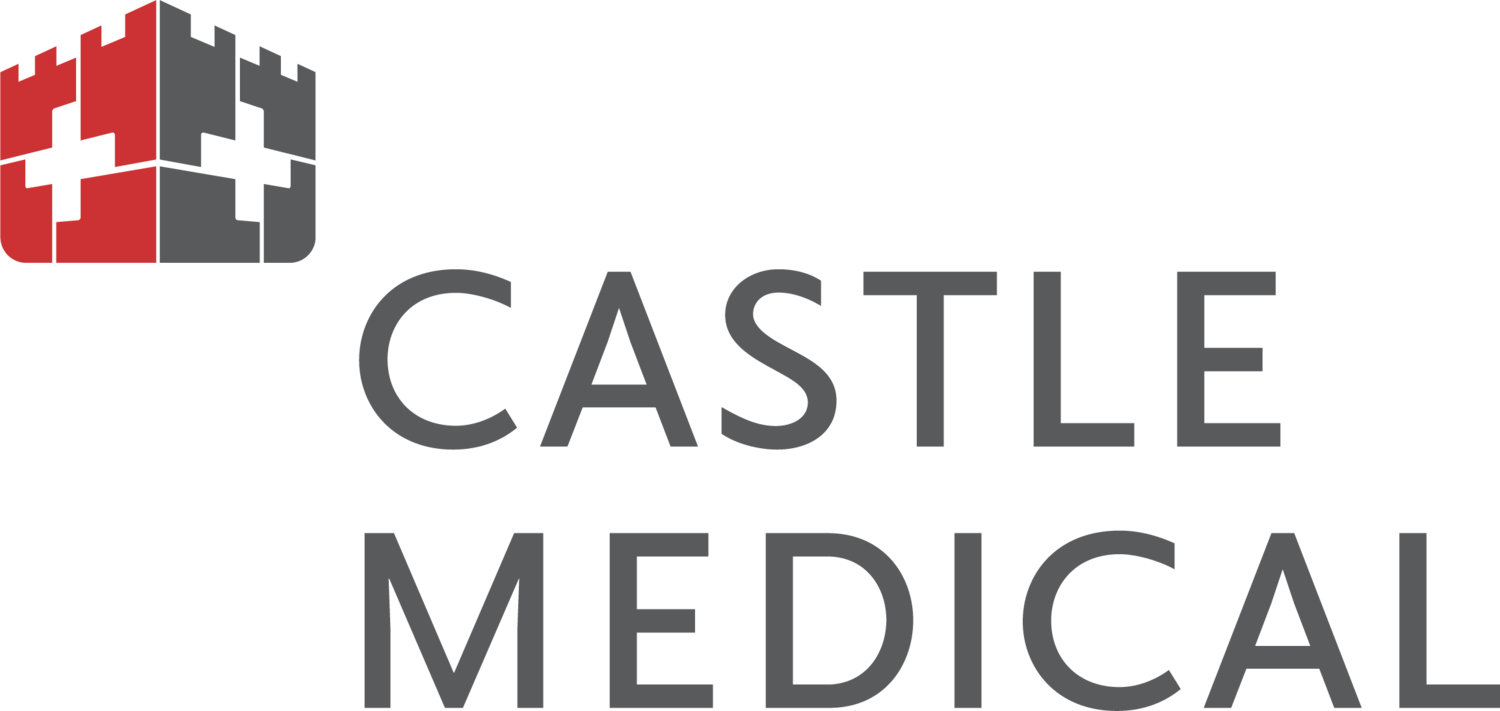In Focus: Prevalent Melanoma in Asians and Darker Skin Individuals
Do you know ALM is more prevalent in Asians and among people with darker skin?
Acral lentiginous Melanoma (ALM) is a distinct subtype of melanoma that typically manifests on the palms, soles, or beneath the nails. While less prevalent in the general populace, ALM stands as the most common melanoma variant in individuals with darker skin tones and those of Asian descent. Nevertheless, it can occur across all skin types.
Unlike the majority of skin cancers, acral melanoma does not result from UV radiation exposure. It manifests in regions of the body that are not typically exposed to sunlight. Acral melanoma development can be triggered by various factors such as trauma, environmental influences, and family history.
Where ALM can develop?
ALM typically develops on or near the hands and feet, including the nail beds. Similar to superficial spreading melanoma, ALM initially expands on the skin's surface or beneath the nail bed before progressing to an invasive stage. It may originate from a pre-existing mole or emerge spontaneously on unblemished skin.
Symptoms of ALM include:
A fresh streak appearing on a nail unrelated to any injury or bruising.
A streak on a nail causing damage to the fingernail.
Alterations observed in a spot located within or associated with a mole on the hand or foot.
An irregularly shaped growth on the hand or foot that is evolving, expanding, or displaying an unusual hue.
A raised, thickened patch developing on the sole of the foot or palm of the hand.
How is ALM treated?
The treatment approach for every form of skin cancer hinges on factors such as the lesion's dimensions, depth, location, and stage of advancement. Typically, ALM necessitates surgical excision for removal. In severe instances, partial or complete amputation of a finger or toe may be required to eliminate the ALM.


